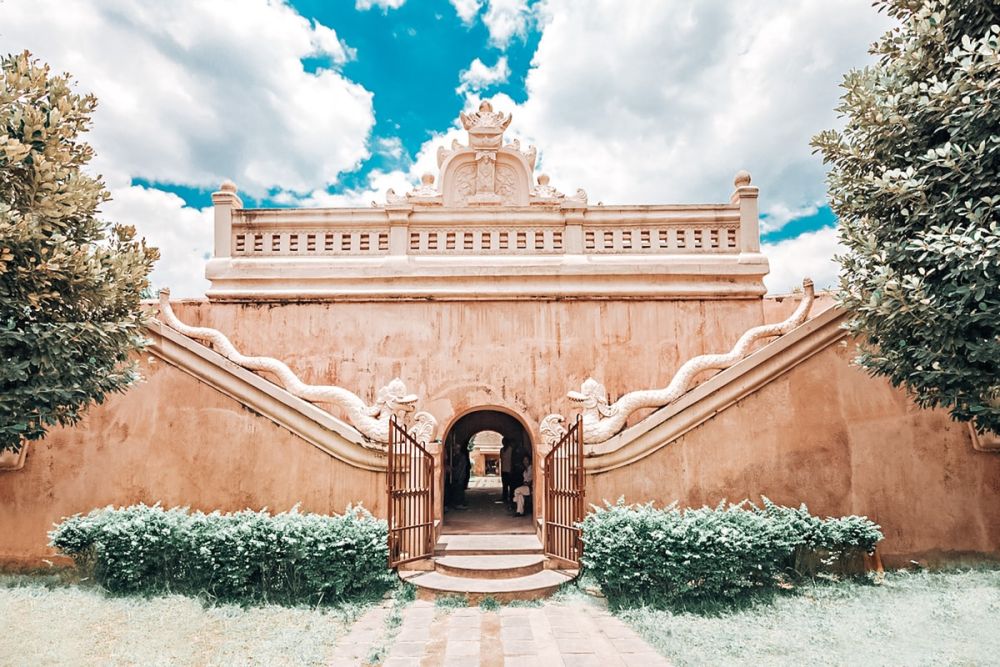

Located in the heart of Yogyakarta, Indonesia, Taman Sari Water Castle is an enchanting site steeped in history and cultural significance. Built in the mid-18th century during the reign of Sultan Hamengkubuwono I, this complex was originally designed as a pleasure garden for the Royal Family. A marvel of old Javanese architecture blended with Portuguese influences, it served not just as a royal retreat but also a fortress and a religious site.
Taman Sari, which translates to 'beautiful garden', was part of the larger Keraton Yogyakarta—a palace complex that is the heart of the Javanese cosmos. It consists of several structures, such as pools, waterways, and pavilions, created to fulfill various functions like meditation, defense, and a hiding place. Earthquakes and volcanic eruptions throughout the centuries have damaged parts of the complex, which led to its partial abandonment and the loss of some structures under volcanic ash and earth.
During the 20th century, efforts to revive the Water Castle as a historical site gained momentum. Significant restoration work was initiated in the 1970s and 1980s, eventually leading to its status as a tourist destination. Today, although only parts of the original complex remain, Taman Sari is a living testament to Yogyakarta’s royal past and an important cultural heritage site.
Modern tourism at Taman Sair focuses on both history enthusiasts and cultural explorers. Visitors are drawn to the ethereal beauty of the remaining structures—such as the bathing complex, underground mosque, and the towers that offered panoramic views of the surrounding areas back in their heyday.
Recently, Taman Sari has also become an attractive site for photography, particularly among those who wish to capture the unique blend of ancient ruins, water features, and local life that continues to thrive around the complex. Tourists can indulge in the local culture by interacting with residents and observing their daily routines, which are conducted in harmony with the ancient site.
Moreover, the Indonesian government and cultural organizations are investing in community-based tourism, ensuring the conservation of the site while providing economic benefits to the locals. This sustainable approach to tourism is a response to an increased global awareness about conserving historic sites and supporting local communities.
Travelers looking to experience Taman Sari can do so as part of a guided tour, which often includes various cultural demonstrations, traditional performances, and even batik-making workshops nearby.
Taman Sari Water Castle in Yogyakarta, with its rich history and cultural significance, remains a precious gem within Indonesia's eclectic collection of tourist destinations. Its evolution from a royal garden to a significant historic site reflects the dynamic patterns of tourism and heritage conservation. For those who visit, it offers a serene glimpse into the opulence and spirituality of Java’s royal past, making it a must-visit for those exploring Indonesia's cultural landscape.